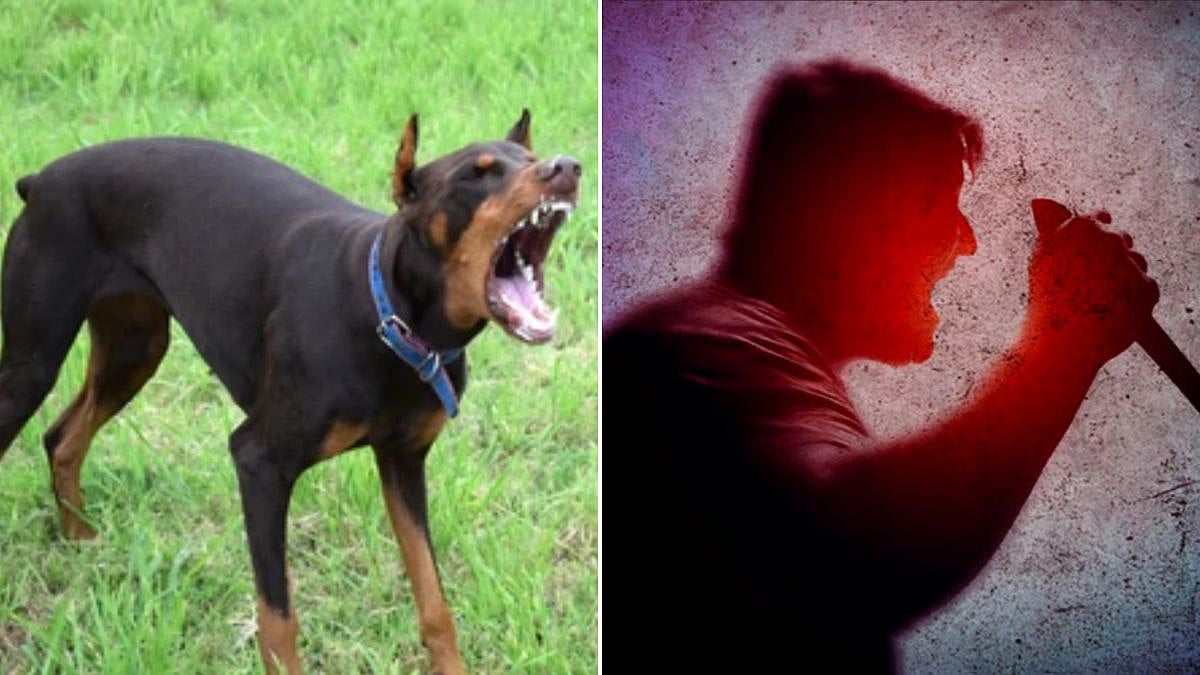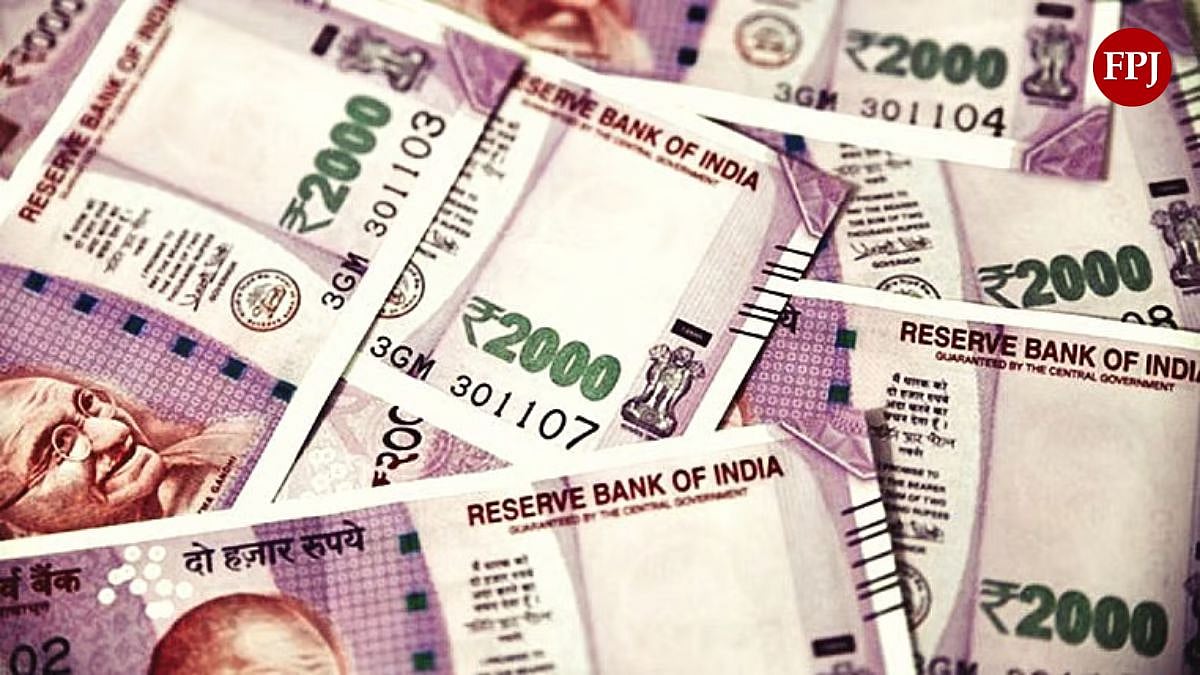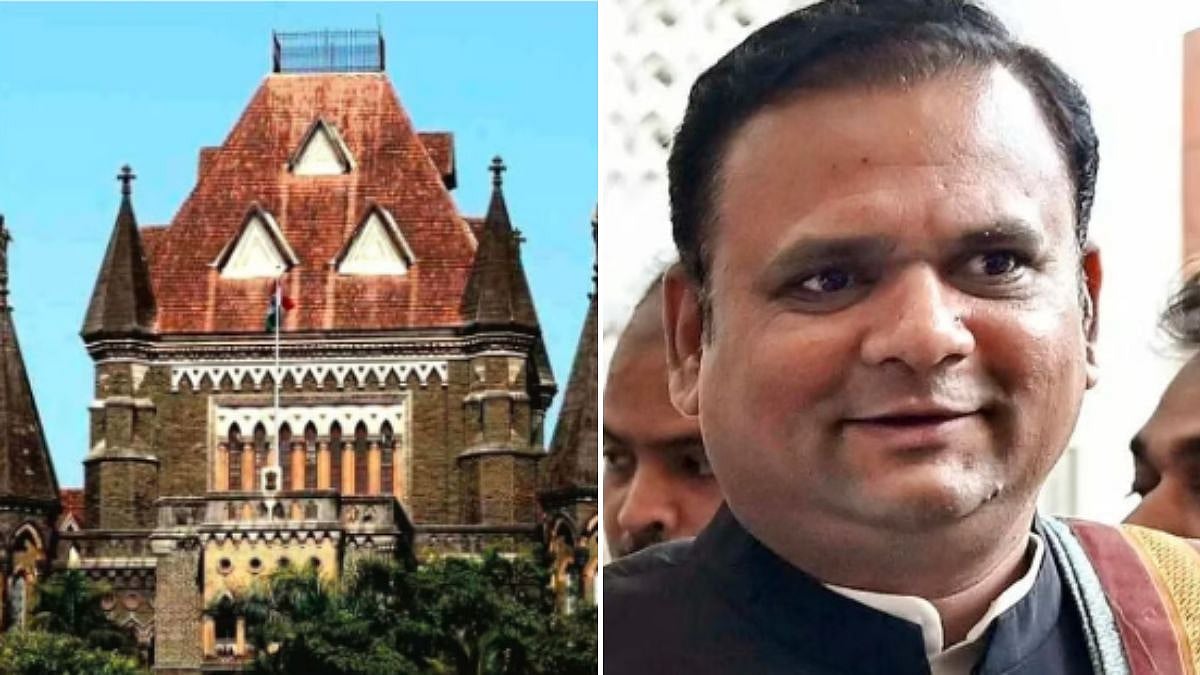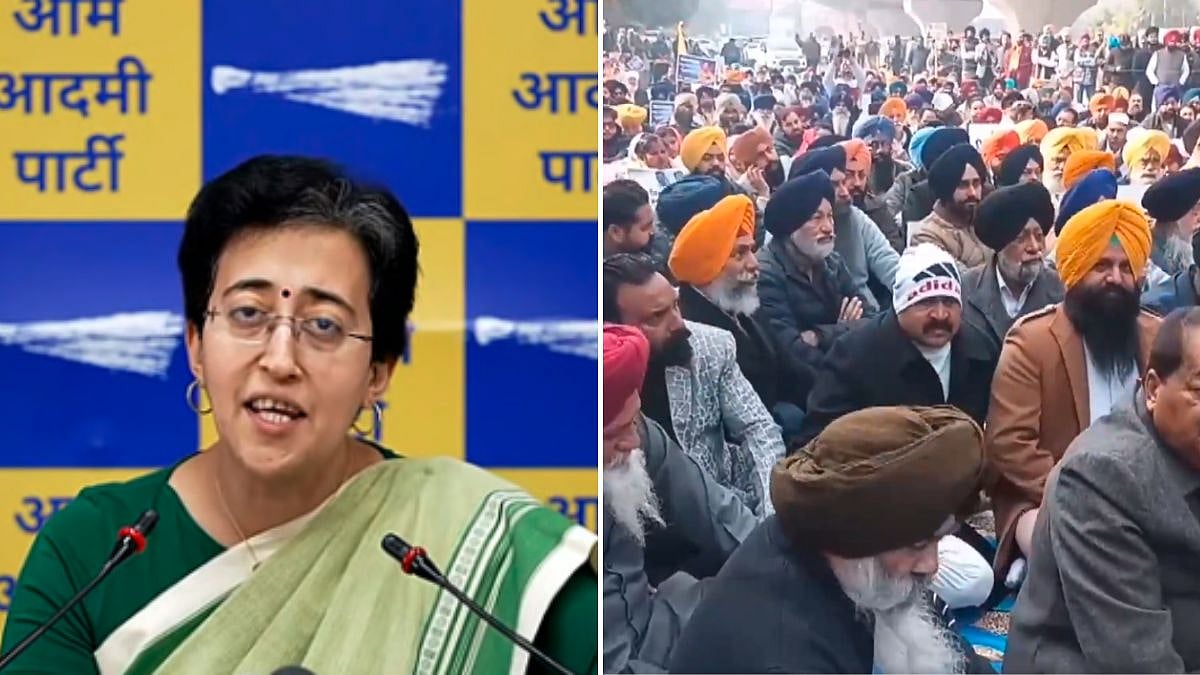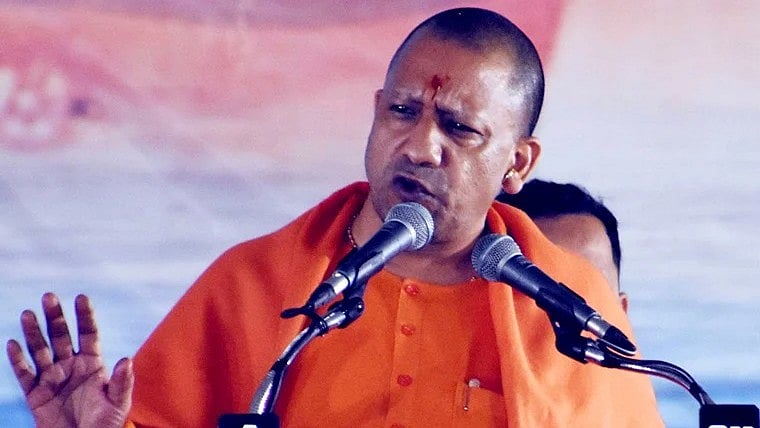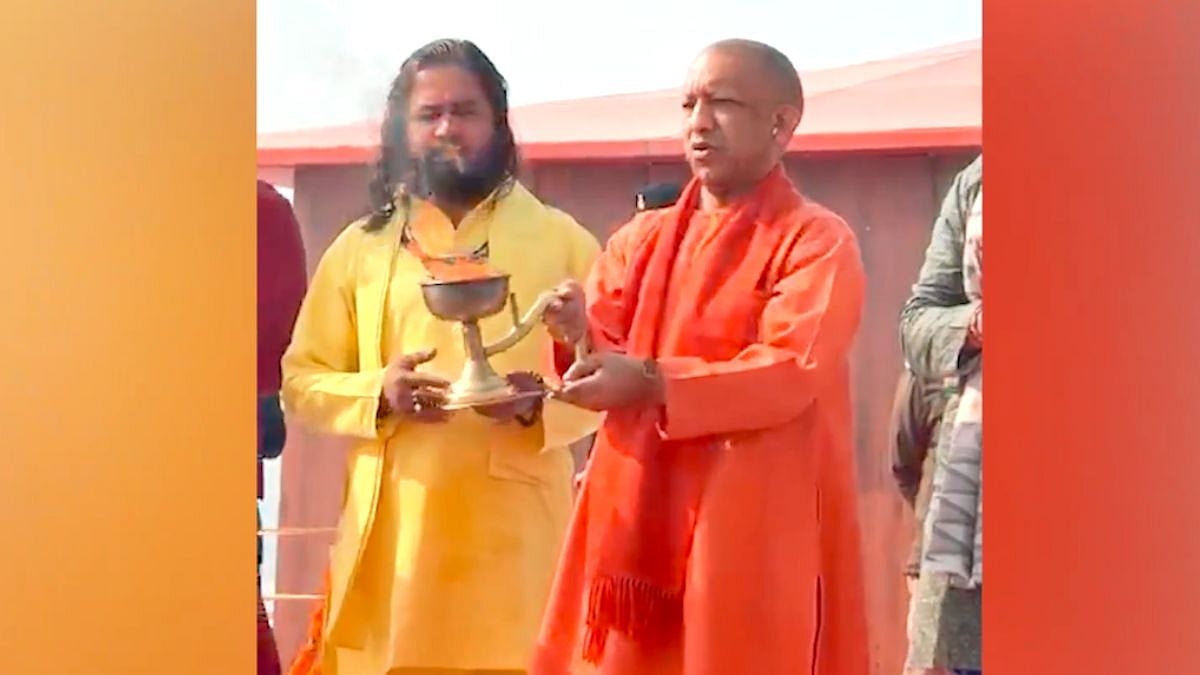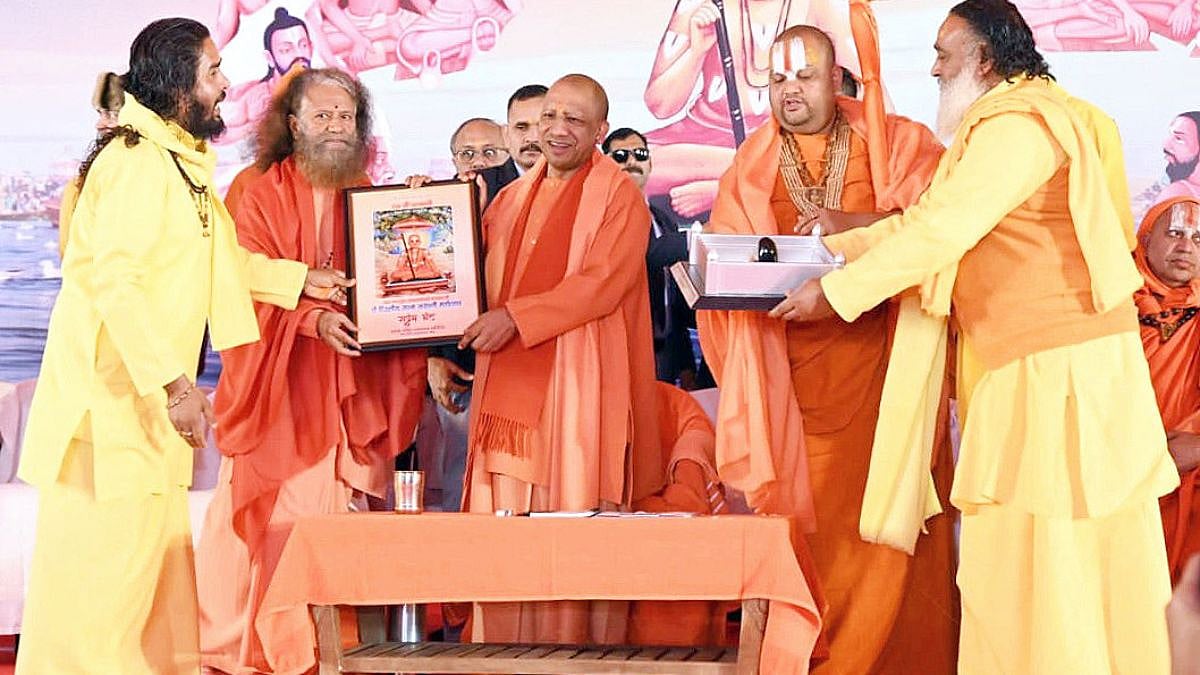There comes a time in every nation's life when it shrugs the old chains off and looks intently at the future full of promises of tomorrow. For India, this happened on August 15, 1947. The day not only marked Indian independence, but also the beginning of the end of the British Empire as a dominant force in the world. The Indian nation awoke with dreams in its eyes and resolve in its heart. The sun on the occupier's empire had finally set and a country of millions was ascendent.
The moment has been immortalised by powerful words used by Pandit Jawaharlal Nehru, whose legendary 'Tryst with destiny' speech is now considered one of the best speeches of 20th century.
How was first Independence Day celebrated in the Indian capital?

Image from inside the parliament on the eve of Independence Day. | Wikimedia Commons
The British, spent after the Second World War and uncertain about their rule in India where nationalist sentiment was on rise, had begun discussions about independence with Indian leaders for some time. This, in turn, made Indians jubilant as British government was intending to grant independence to India by June 1948. But Lord Mountbatten, the last viceroy of India advanced the date and brought it to August, 1947.
On the eve of India's independence, top leaders of India's political spectrum at the time gathered in parliament's central hall.
Prior to that, the Congress party had asked cinema halls in the country to mark free screenings of India's first independence day celebrations. It was also instructed that every school-going child be given sweets and a 'freedom medal'
The parliament event was scheduled for 11 pm on August 14. As the event inside the parliament went on, thousands of euphoric Indians gathered outside. This was a crowd that represented the patriotic fervour that had gripped the nation. But as the crowd swelled in number, Nehru himself had to make an appeal for calm.
The occasion indeed called for presence of Mahatma Gandhi, the iconic leader who brought the nation together through his mass movements. But he was in Bengal, trying to bring violence under control. The nation was in the grips of issues connected with partition and regions like Punjab and Bengal witnessed horrific violence.

The parliament event marking India's first Independence Day saw those present observe two minutes of silence for martyrs of the freedom movement.
'Jana Gana Mana' was not officially made the national anthem of India at the time. A rendition of Vande Mataram graced the solemn event inside the parliament.
Rajendra Prasad, the first President of India, addressed the gathering followed by Dr Sarvepalli Radhakrishnan.
It was then that Pandit Jawaharlal Nehru took the podium and uttered words that reverberate in Indian hearts even after so many decades.
"Long years ago we made a tryst with destiny, and now the time comes when we shall redeem our pledge, not wholly or in full measure, but very substantially. At the stroke of the midnight hour, when the world sleeps, India will awake to life and freedom. A moment comes, which comes but rarely in history, when we step out from the old to new, when an age ends, and when the soul of a nation, long suppressed, finds utterance...," said Nehru in a calm but resolute manner.
A nation was born.
The next day, 15 August 1947!

Pandit Nehru addresses the huge crowd on August 15, 1947. | Wikimedia Commons
As news of India's independence was conveyed to masses through newspapers and word-of-mouth, the nation rose to welcome a new era.
Iconic building across cities, like Rajabai Tower and Taj Hotel in Mumbai, were illuminated.
In Delhi, it was estimated that 30,000 people would gather around the parliament and Rashtrapati Bhawan to celebrate India's independence and witness unfurling of the tricolour. But in reality, around 500,000 people turned up chanting slogans like 'Inquilab Zindabad', ' Mahatma Gandhi ki jay'. Drums were beating and people danced in streets as the Indian nation was reborn, free from the shackles of colonialism.
The celebrations lasted the entire day. And at 6 pm on 15 August, 1947, independent Indians unfurled a flag of their own for the first time.

